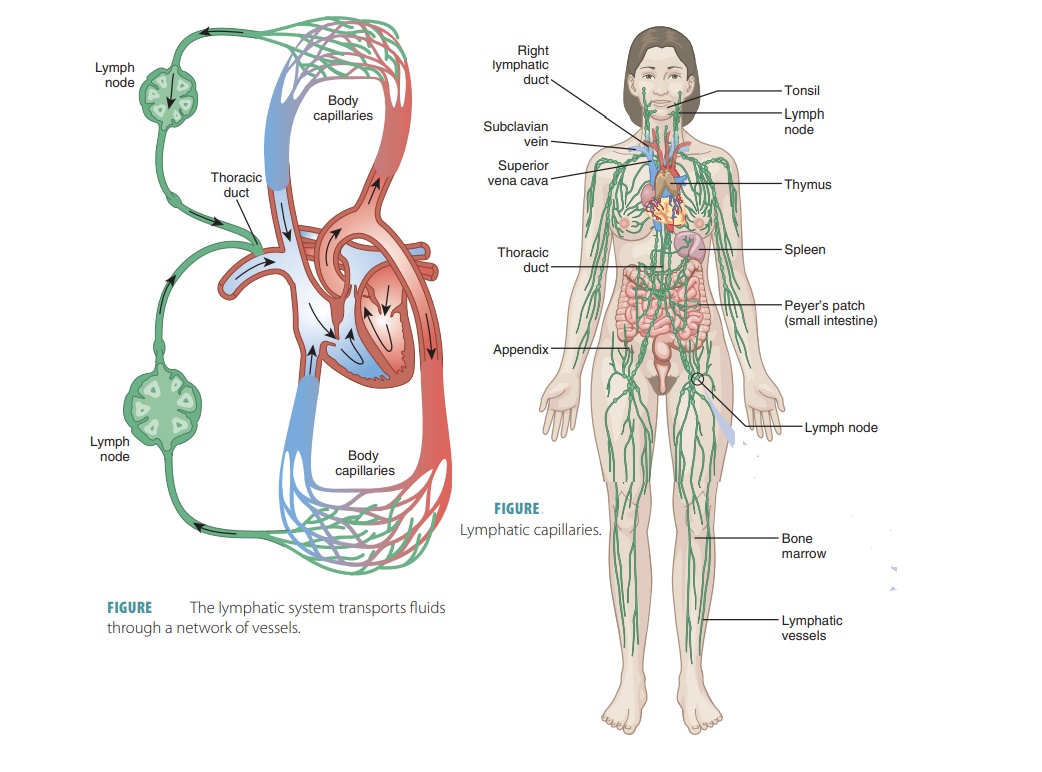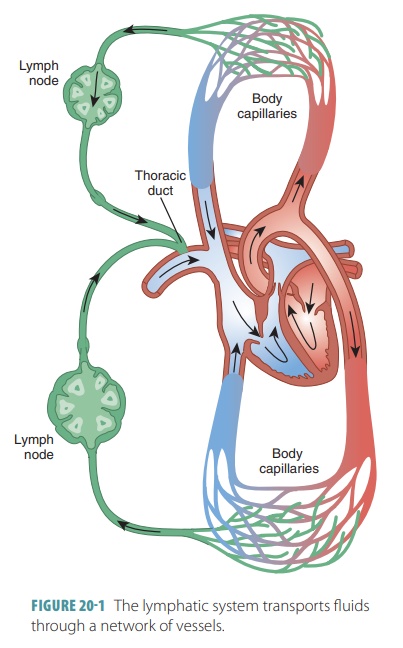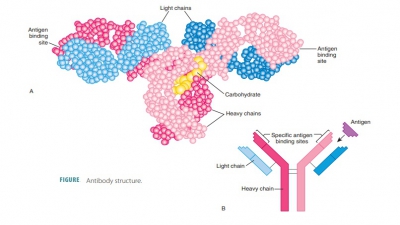Lymphatic System and Immunity
| Home | | Anatomy and Physiology | | Anatomy and Physiology Health Education (APHE) |Chapter: Anatomy and Physiology for Health Professionals: Lymphatic System and Immunity
Similarly to the cardiovascular system, the lymphaticsystem transports fluids through a network of vessels.

Lymphatic
System and Immunity
After studying this chapter, the reader should be able to
1. Define immunity and explain its relationship to the
lymphatic system.
2. Identify the major components of the lymphatic system.
3. Describe the structure of lymphoid tissues, vessels, and
organs.
4. Describe the major functions of the lymphatic system.
5. Describe a lymph node and its functions.
6. Explain the difference between nonspecific and specific
defenses.
7. Explain the role of lymphocytes in the immune response.
8. Explain the roles of the thymus and spleen.
9. Identify the body’s three lines of defense against
pathogens.
10. Distinguish
between humoral and cellular immunity.
Overview
Similarly to the cardiovascular system, the lymphaticsystem transports fluids
through a network of vessels. The primary functions of the lymphatic system
are the production, maintenance, and distribution of lymphocytes. Another major function is to trans-port excess fluid
out of interstitial spaces in tissues and return it to the bloodstream (FIGURE 20-1), which may be up to 3 liters of
fluid per day. Without the lymphatic system, fluid would accumulate in tis-sue
spaces. The production of lymphocytes is called lymphopoiesis.
The biochemicals and cells of the lymphatic sys-tem attack
“foreign” particles in the body, allowing the destruction of infectious
microorganisms and viruses, toxins, and cancer cells. Many organs and body
systems work together to maintain life and proper health. The lymphatic system
is vital in this capacity, responsible for defending the body against
environmental hazards, such as various pathogens, and internal threats, such
as cancer cells. The lymphatic system is the structural basis of our immune
system. Lymphoid organs and tissues contain lymphocytes and phagocytic cells.
Together, these play essential roles in how the body defends itself and resists
disease.

Related Topics


